We packed up and left at 6:45 am. Our train ride in Durango wasn't scheduled to depart until 9:30, but we wanted to have enough time to look around beforehand. Downtown Durango is the ultimate tourist place and there was absolutely no free parking to be had. So we ended up having to pay for the train yard parking. It was complete chaos. Staff members were trying to direct the long stream of incoming cars into unmarked spots on a giant lot, but it was failing miserable. We eventually parked, had some breakfast in the car, then wandered around the train yard a bit, watching the steam trains be lined up for their day's run.
We visited the 12,000 square foot D&SNG (Durango & Silverton Narrow Gauge) Railroad Museum. It used 8 stalls of a 15-stall roundhouse that was built in 1989 after the original 1881 one was destroyed in a fire. It is the only narrow gauge roundhouse built in the 20th century.
The Denver & Rio Grand Railway was founded in 1870. Choosing narrow gauge track (3 feet between rails) instead of standard gauge (4 foot 8 1/2 inches), they could quickly lay track in sharp curves through the mountains. The construction of the 45-mile stretch between Durango and Silverton began in 1881 and completed the line in just 9 months.

The roundhouse
Early steam locomotives could only travel forwards. Later, reverse capabilities were added, but the controls were still optimized for forward travel. Also, some passenger cars were designed to run in a particular direction. A roundhouse was sort of a giant turntable, allowing a locomotive or other car to be turned around for the return journey. Most modern locomotives can run equally well in either direction, and many have control cabs at each end.

The stalls that house the museum

Some open stalls, where the steam engines could be parked and maintenance work done

The museum was large and impressive!

This 1916 La France was Durango's first motorized firetruck. It had to be delivered to the city by train since the roads across the Rocky Mountains were too bad back then.
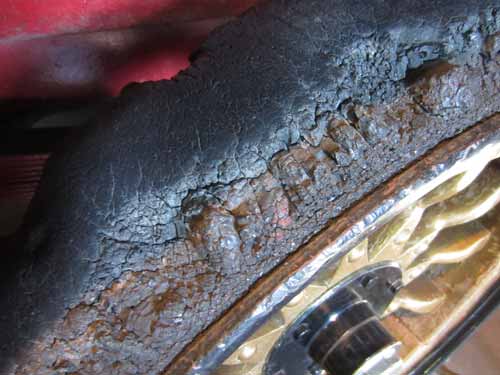
Even then, it look like the tires took a beating!
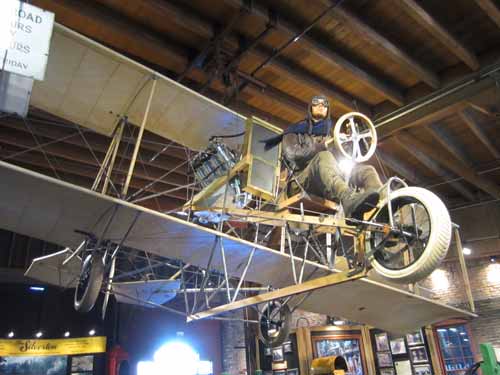

An old-fashioned wheelchair!

A poster showing various types of engines over history


The train plows forward in rain, sleet and apparently even deep snow!



This baggage car was built of balsa wood as a prop for the 1969 movie "Butch Cassidy and the Sundance Kid". It is now a small movie theater.

Ah, the good ol' days!
In the back was an 800-square foot model railroad.


The train made its way around the extensive track.



I remember those... a drive-in movie theater!

A roundhouse

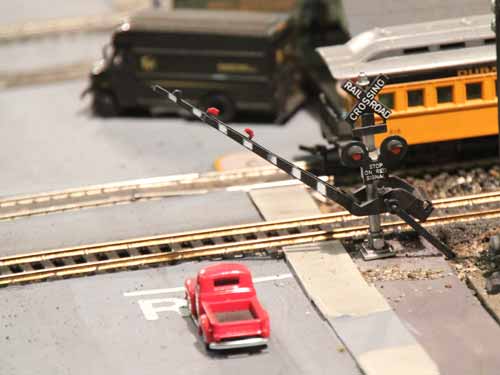
Updike Mining Town was produced by Lisle Updike (1890 - 1978). All of the pieces are created from natural materials such as toothpicks, cactus needles, twigs, stones and even wisps of hair from his wife. Each 1 1/2 inch human figure is comprised of 15 different pieces of balsa wood; each horse contains 18 pieces. The town took 8 years to build.... using just a pocket knife and his imagination. INCREDIBLE!
Updike was familiar with turn of the century mining towns. As a boy, he traveled west with his family in a covered wagon. They settled in St. Elmo (yup, same one we were at) where his father ran a hotel.


The hair was used as smoke for the steamtrain.
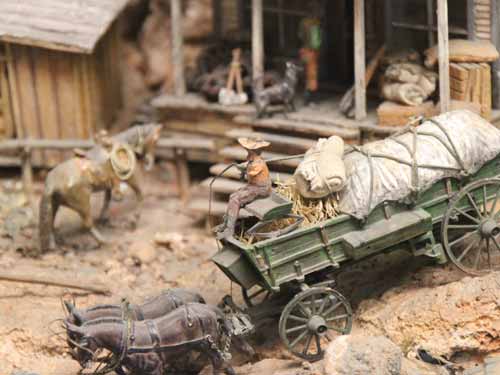

Buckets of ore
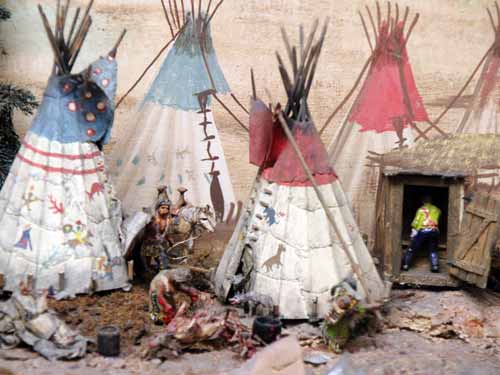
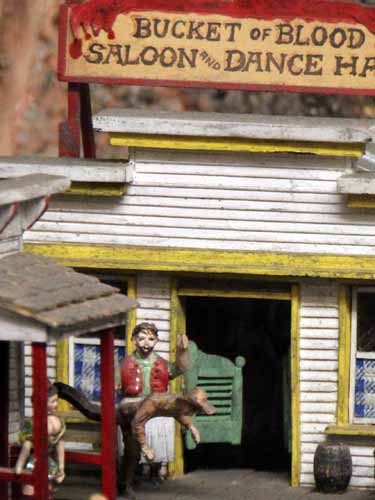
Tossing out the drunkard
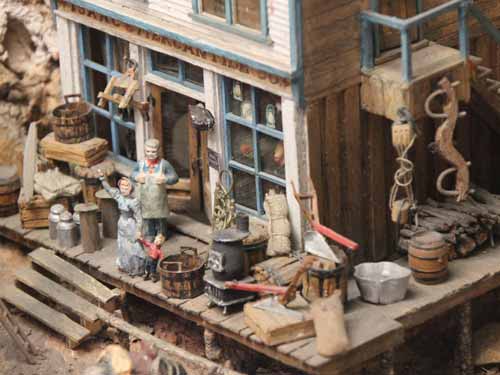
The supply store

From 1866 to 1890, the Pony Express logo was used by the stagecoach and freight company Wells Fargo, which provided secure mail service.

Haha! He's actually wearing chaps!

The stagecoaches comes into town.

It looks like he might have struck it rich!

Moving a painting of a sexy, scantily clad woman, into the local saloon.

